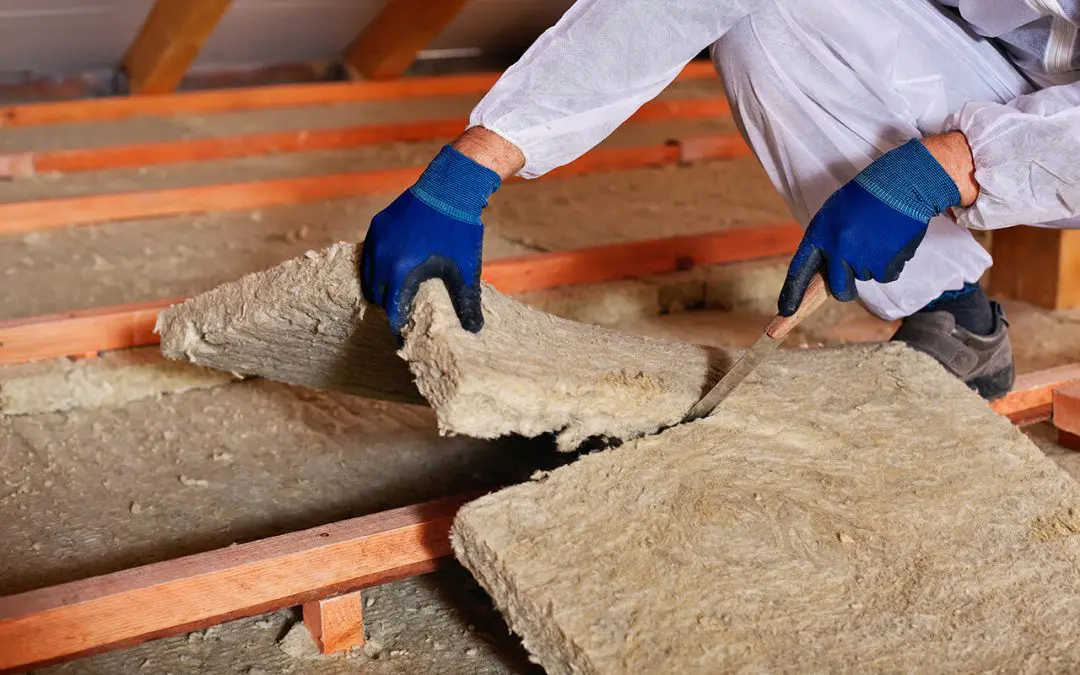If you live in Indiana, you know how extreme the weather can get. Winters are cold, and summers can be sweltering. One of the best ways to keep your home comfortable year-round is to make sure it’s properly insulated. Insulation helps keep the temperature inside your house stable, no matter what the weather is like outside. In this blog post, we’ll explain why home insulation is important, the different types available, and how to make sure your home is well-insulated.
Why Is Insulation Important in Indiana?
Indiana has a variety of weather conditions, ranging from freezing temperatures in winter to hot and humid conditions in the summer. Insulation is a key part of keeping your home comfortable during both extremes. It works by slowing down the movement of heat. In winter, it keeps the warm air inside, and in summer, it prevents hot air from coming in. This means your heating and cooling systems don’t have to work as hard, which can lower your energy bills.
Insulation also makes your home quieter and helps prevent moisture buildup, which can cause mold and mildew. Proper insulation also helps make your home more energy-efficient and reduces your carbon footprint.
Types of Home Insulation
When it comes to insulating your home, there are several types to choose from. Each type works differently and is better suited for certain parts of your home. Here are the most common options:
Fiberglass Insulation: This is one of the most popular types of insulation. It comes in rolls or batts and can be installed in walls, attics, and floors. It’s affordable and does a good job of trapping air to keep your home warm in the winter and cool in the summer.
Foam Board Insulation: Foam board is a rigid material that provides a high level of thermal resistance. It’s often used in places like basements or exterior walls. Foam board is also moisture-resistant, making it a good choice for areas prone to wetness.
Spray Foam Insulation: Spray foam is applied as a liquid that expands and hardens into a foam. It fills gaps and cracks, making it great for hard-to-reach areas, like attics or inside walls. It provides excellent insulation and seals air leaks.
Cellulose Insulation: Made from recycled paper, cellulose insulation is eco-friendly and effective. It’s usually blown into wall cavities, attics, and other spaces. It’s a great option if you want something that helps the environment.
Batt Insulation: Batt insulation is made from fiberglass or cotton and comes in sheets that fit between the studs of your walls, floors, or ceilings. It’s a common choice for new homes or renovations and can be installed easily.
Each type of insulation has its strengths. Choosing the right one depends on your home’s needs, budget, and where you want to insulate.
Benefits of Insulation in Indiana
The most obvious benefit is saving money on energy bills. With good insulation, your heating and cooling systems won’t have to work as hard to maintain a comfortable temperature. This means lower energy costs over time.
Insulation also makes your home more comfortable. It helps keep the temperature even throughout the house, so you won’t have to worry about chilly rooms in the winter or stuffy areas in the summer. Insulation can even help reduce outside noise, making your home quieter.
Proper insulation can add value to your home. Energy-efficient homes are more appealing to buyers, making your home worth more if you ever sell.
How to Tell If Your Home Needs Insulation
If you’re unsure whether your home needs insulation, look for signs that heat or cool air is escaping. Common signs include cold drafts, uneven temperatures between rooms, or high energy bills. If your attic or basement feels unusually hot or cold, it’s also a good indication that you need more insulation.
If you’re still unsure, a professional energy audit can help. An energy auditor will check your home’s insulation and recommend areas for improvement.
Don’t wait for the next cold winter or hot summer to take action—insulate now to improve your home’s efficiency and comfort.
FAQs
Can I install insulation myself?
Installing some types of insulation yourself is possible, especially if you’re working with batt or roll insulation. For best results, it’s often recommended to hire a professional. A professional installer will make sure the insulation is properly installed and will fill every gap, ensuring it works as efficiently as possible.
How long does insulation last?
Most types of insulation last 20 to 30 years, depending on the material and how well it’s maintained. Over time, things like moisture, pests, or physical damage reduce the effectiveness of insulation. It’s important to check it regularly and replace it when necessary.
What R-value should I aim for in Indiana?
In Indiana, the recommended R-value for attic insulation is R-49, and for wall insulation, it’s around R-13 to R-15. The higher the R-value, the better the insulation will resist heat transfer, helping to keep your home comfortable throughout the year.
M&T Inspection Services provides inspections to homebuyers and sellers in Indianapolis. Contact us to request an appointment for our services.

